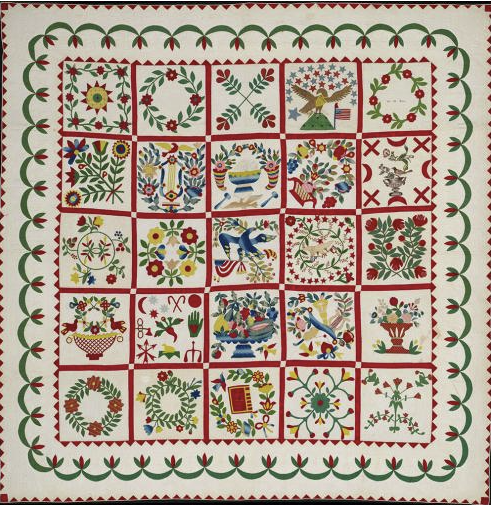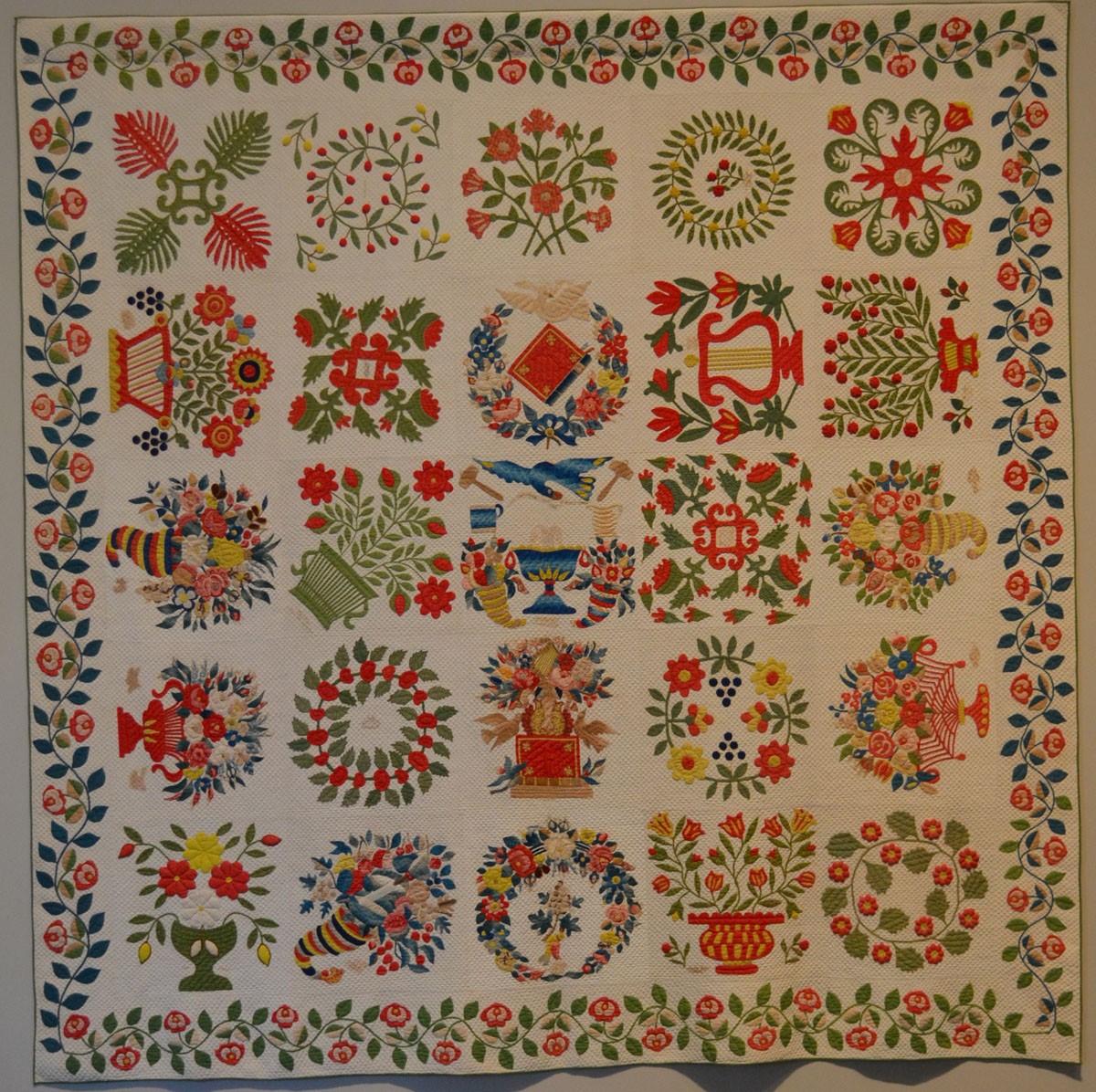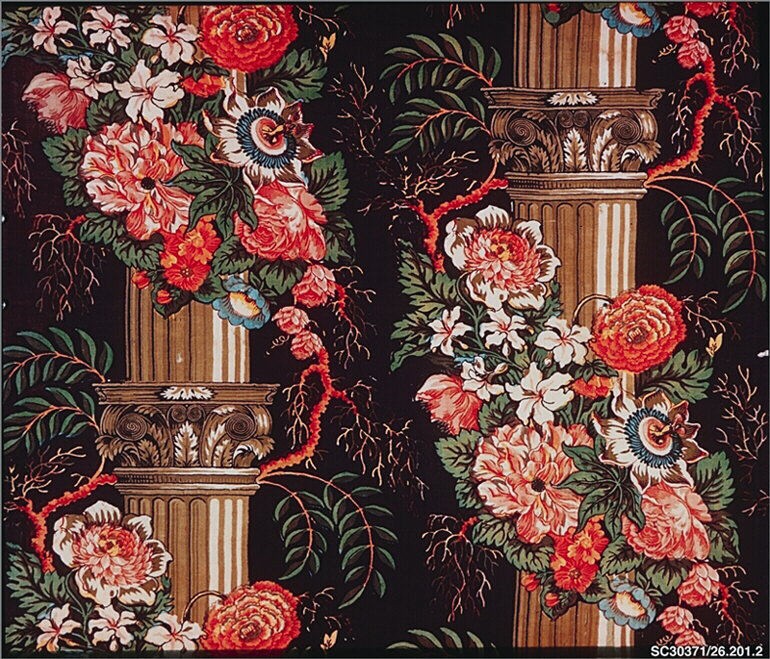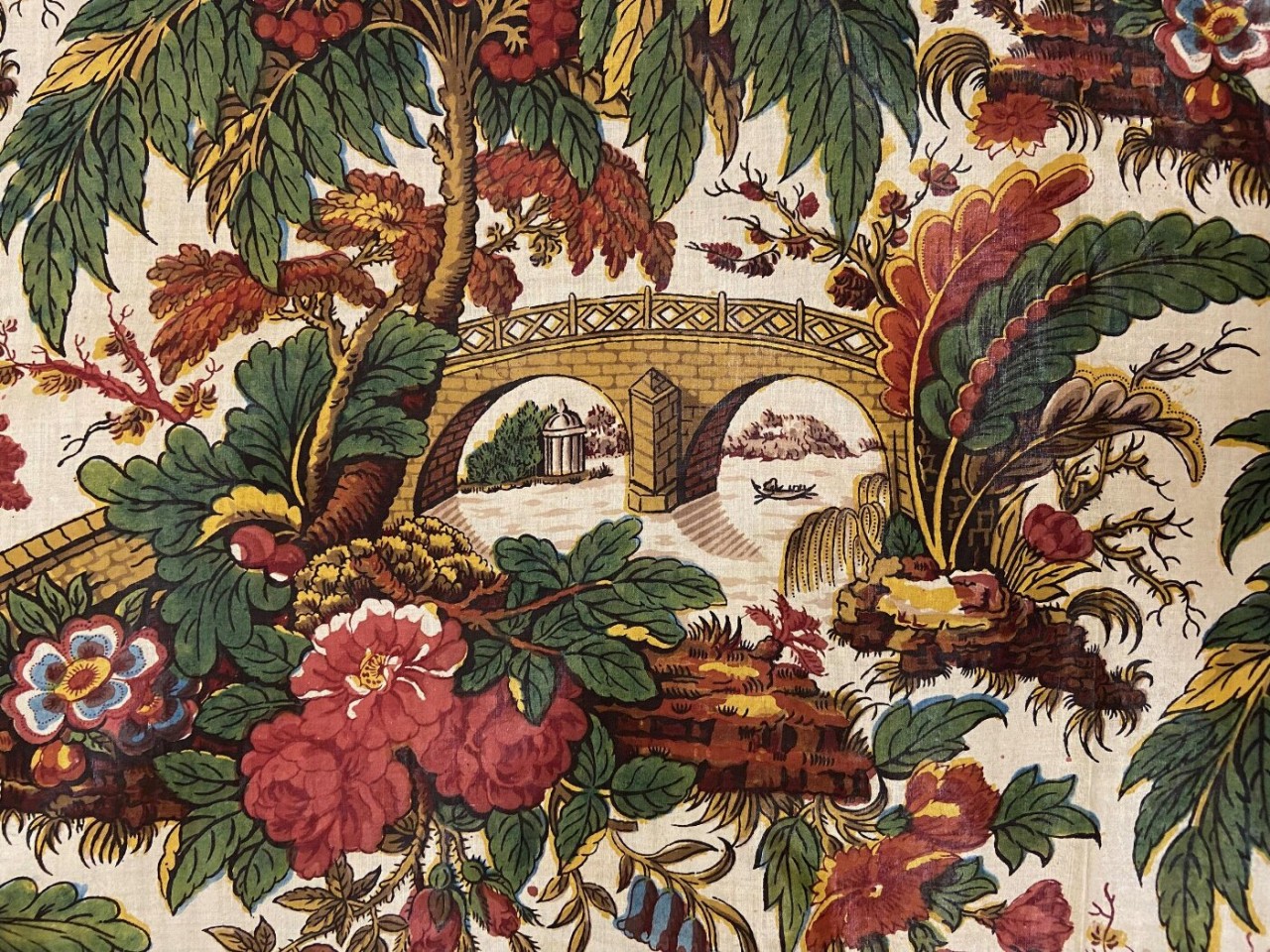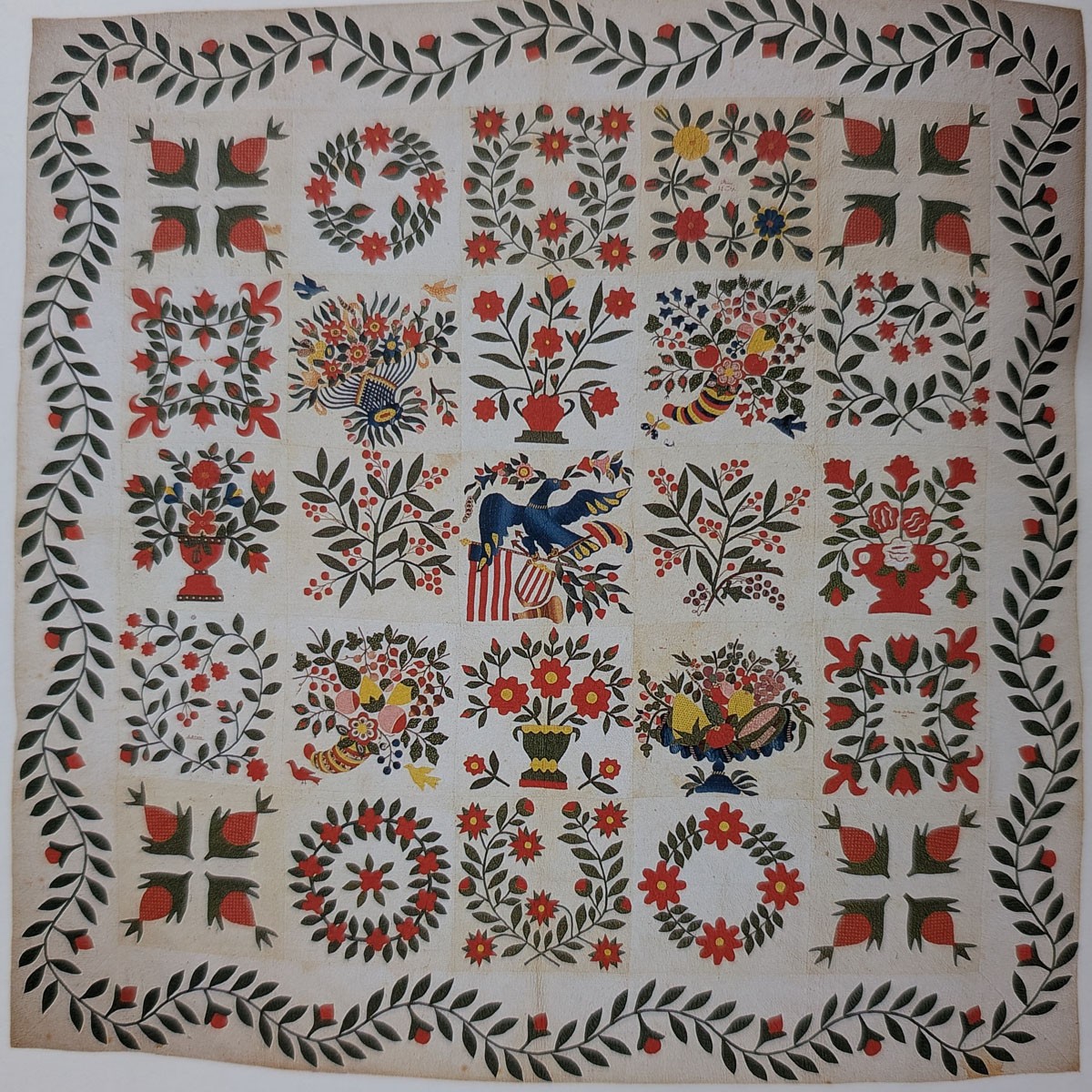
I’m continuing to explore the connections between Baltimore Album Quilts and the fire companies. If you haven’t read our blog recently, please check the two previous blogs for info on the Liberty and Union Fire Companies. Next, I decided to focus on the Watchman Fire Company. John and Diane Steele owners of a beautiful Baltimore Album Quilt had already done a significant amount of research on the few inscriptions the quilt contained. The couple traced the four initials/names to the same neighborhood and two lived on Montgomery Street the location of the Watchman Fire Company. As I was attempting to locate the ladies group associated with the Fire Company, it became clear that it was not like the other two previous ladies’ organizations which were associated with the temperance movement. The Watchman Fire Company was formed...


